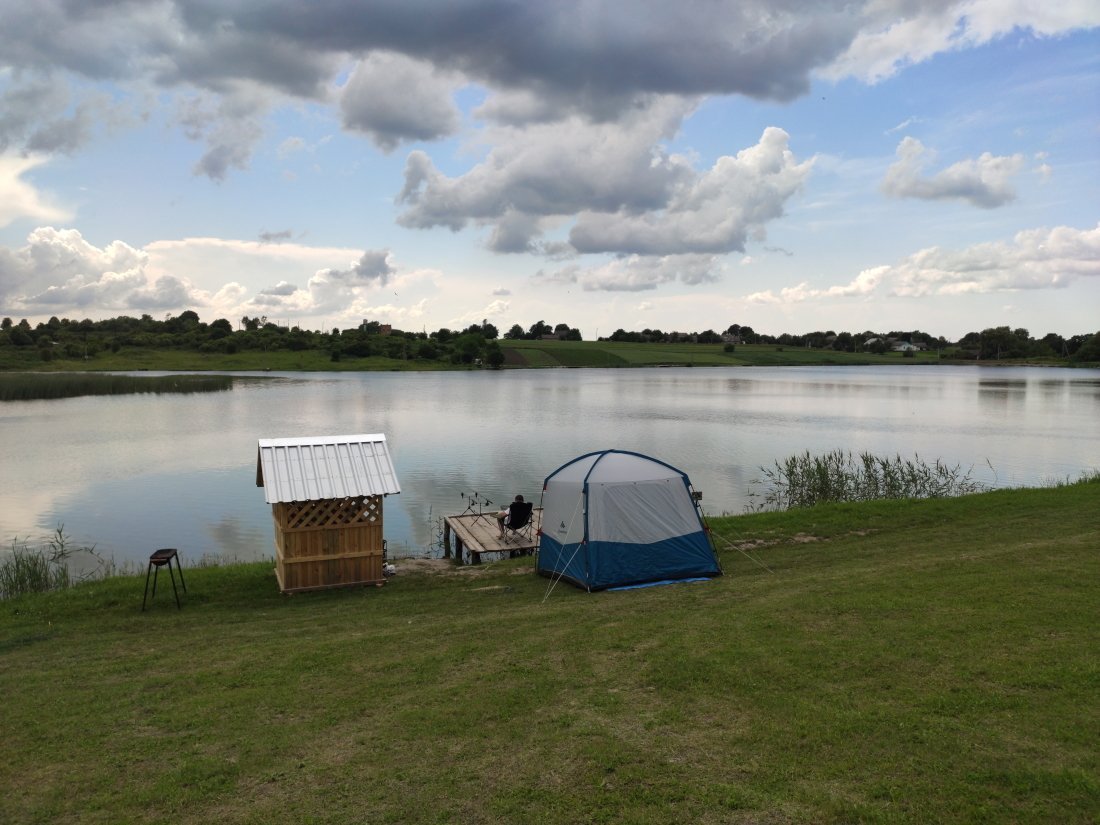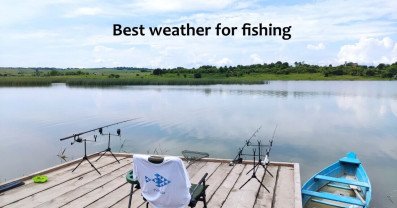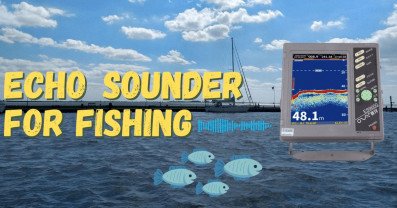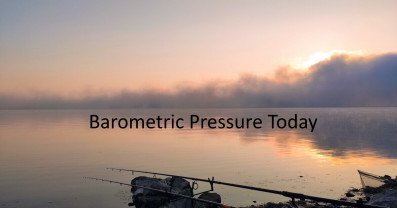Barometric Pressure for Fishing - Secret Sheet
Barometric pressure plays a significant role in fishing and can have a direct impact on fish behavior. Understanding how barometric pressure affects fishing can help anglers make informed decisions and improve their chances of success.

What Barometric Pressure is Best for Fishing?
| Pressure Level | Predict |
|---|---|
| High Pressure (30.50 +/Clear Skies) | Fish bite Medium to Slow in deeper water or near cover while fishing slowly |
| Medium Pressure (29.70 – 30.40/Fair Weather) | Normal Fishing using different gear or baits to meet the needs of the fish |
| Low Pressure (29.60 and under/Cloudy/Rainy Weather) | Fishing Slow |
| Rising Pressure/Improving Weather | The fish are slightly active |
| Stable Pressure/Fair Weather | Normal Fishing |
| Falling Pressure/Degrading Weather | Best Fishing |
Fish Sensitivity
Fish have a keen sensitivity to changes in barometric pressure. They can detect even slight variations in pressure and may adjust their behavior accordingly. Understanding these changes can give anglers valuable insights into fish activity levels.
Rising Barometric Pressure
A rising barometric pressure often indicates improving weather conditions. It is commonly associated with high-pressure systems and clear skies. During these periods, fish tend to become more active and feed more aggressively. Anglers can take advantage of this by targeting their desired species during these times.
Falling Barometric Pressure
Falling barometric pressure, typically associated with low-pressure systems and approaching storms, can trigger changes in fish behavior. Fish may sense the drop in pressure and become more active, anticipating the change in weather. Anglers can use this knowledge to their advantage, as fish may be more willing to bite during these times.
Stable Barometric Pressure
Stable barometric pressure refers to a period when there is little change in atmospheric pressure. During stable conditions, fish behavior can remain relatively consistent. Anglers can develop patterns and strategies based on the baseline pressure in their fishing area to optimize their fishing efforts.
Conclusion
Keeping track of barometric pressure trends over time can help anglers identify patterns and make more accurate predictions about fish behavior. By observing how fish respond to different pressure conditions, anglers can fine-tune their strategies and increase their chances of success. It's important to note that while barometric pressure can be a useful indicator, it is not the sole factor determining fish behavior.
Other factors like water temperature, time of day, and bait presentation also play a role. Therefore, anglers should consider a combination of factors when planning their fishing trips.
By understanding the relationship between barometric pressure and fishing, anglers can make more informed decisions and increase their chances of a rewarding fishing experience.



